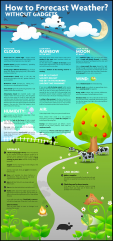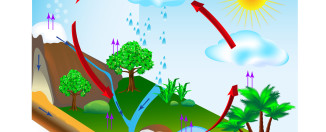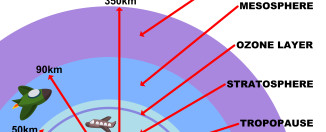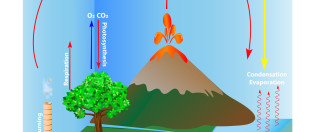How Waves Form
Tides caused by the moon and the sun raise and lower water levels as the earth rotates, but what makes waves form and why do some of them end up really huge and great for surfing?!
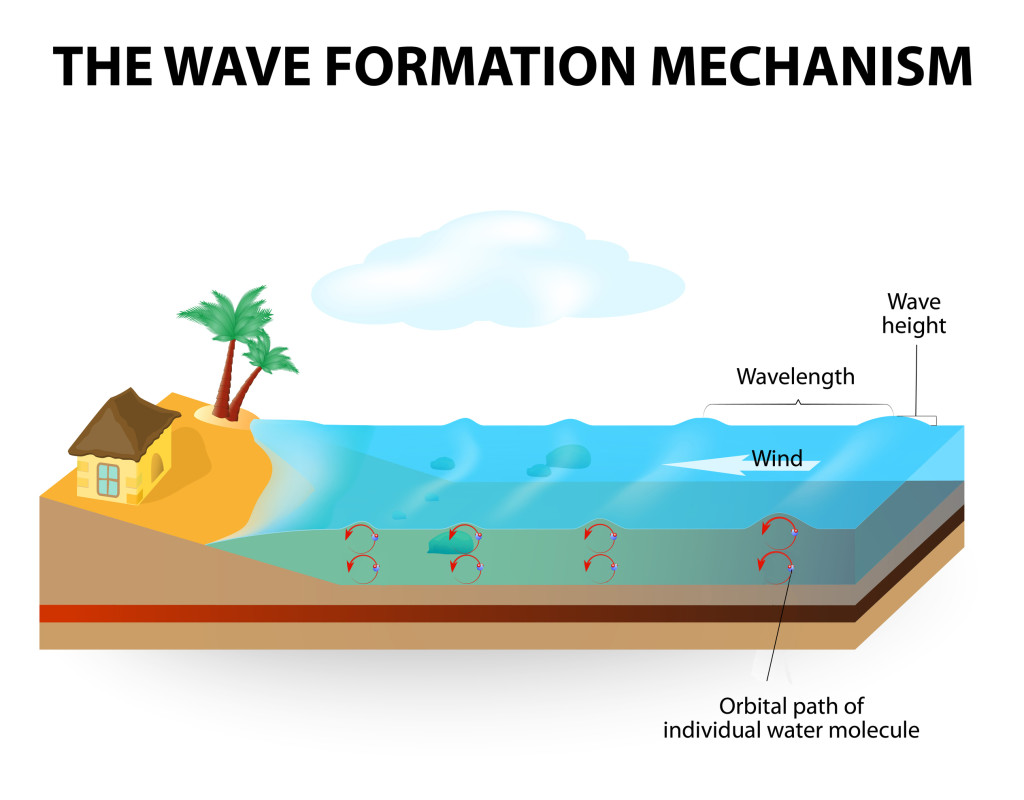
The answer, in a nutshell, is wind. Water out in the open ocean would be flat and smooth like the surface of a still lake in the morning if it weren’t for wind. Winds blow the surface of the water so that water molecules at the surface are pushed forward. Because the molecules are connected by forces of attraction between molecules, this forward push on one molecule makes it pull along other molecules behind it, and this generates a cyclical motion.
This motion also creates a small peak and trough, with the peak sheltering the trough from the wind and creating a difference in pressure at the top and the bottom of each wave. The harder and longer that wind blows on the water out at sea, the stronger and taller the waves can become. Taller waves are much further apart than shorter waves (long wave period) but they also move faster and carry more energy. Strong winds producing really big waves are usually caused by low pressure systems out in the open sea.
As waves come into shore, the shallowing sea bottom creates more and more friction, dragging the bottom of the wave. This causes underwater molecules to slow down while the top of the wave moves at the same speed. This breaks the cyclical chain of movement within the wave and it “breaks”, creating a nice foamy front edge.

